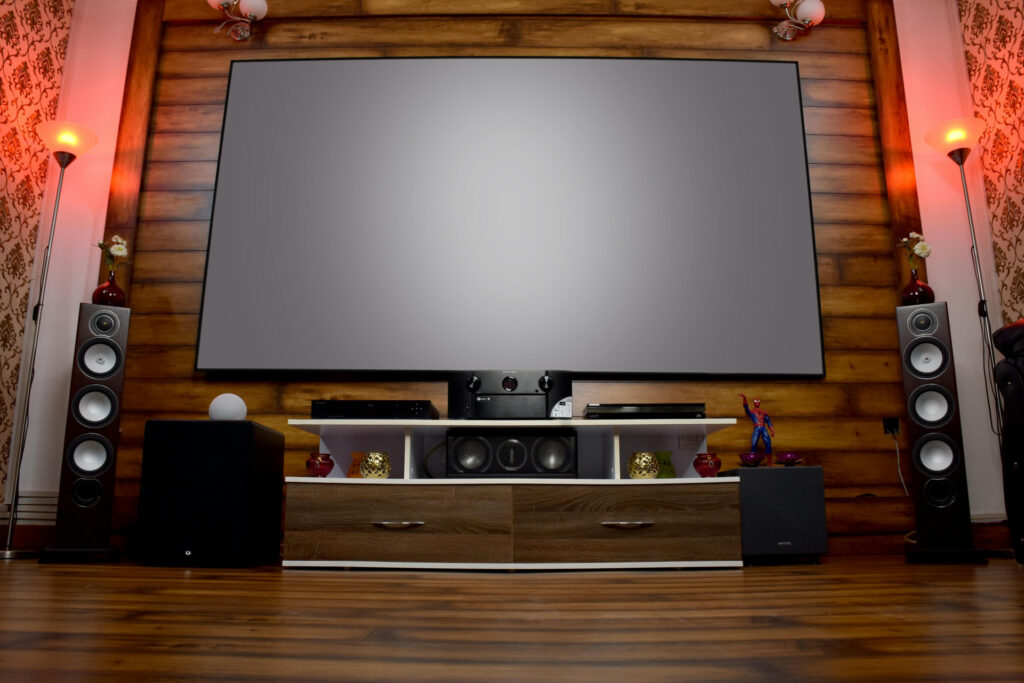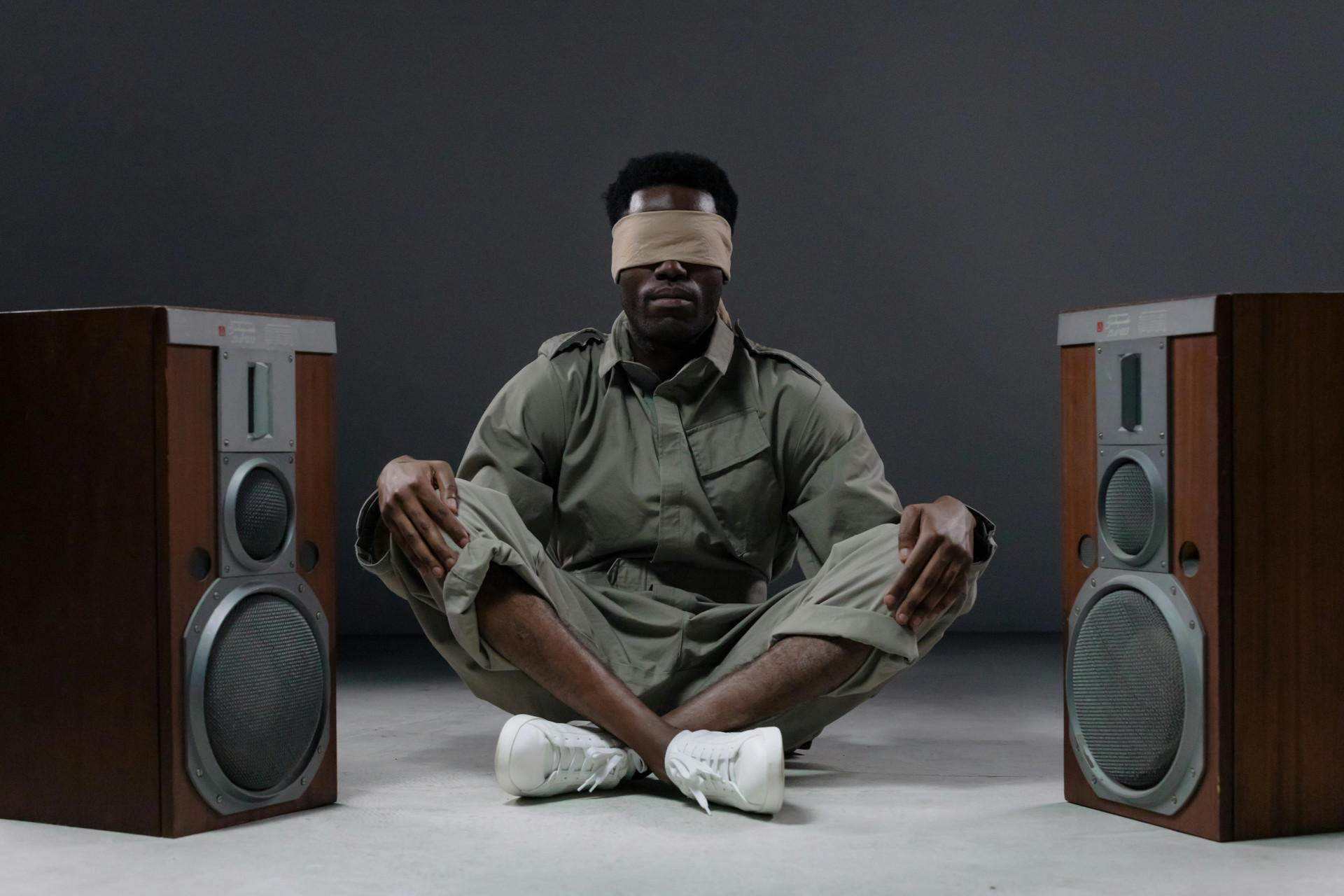A New Dawn or a Slow Decline? The Seismic Shift in Hi-Fi Audio
The hallowed halls of high-fidelity audio are shaking. For decades, the industry thrived on a simple promise: higher price meant higher quality, and higher quality meant a lifetime of listening bliss. In 2025, those rules no longer hold. This is not just a slump in sales; it is a tectonic shift driven by market consolidation, disruptive newcomers, and a new generation of listeners unwilling to inherit old myths.
The Numbers Tell a Different Story
At first glance, the future of hi-fi seems bright. Reports project steady growth: some place the market at around 15 billion US dollars today, climbing toward 25 billion by 2032. Other forecasts suggest a more modest path, with the market growing from roughly 10,5 billion in 2024 to 15,2 billion by 2033, a rate of 4 to 6 percent annually. What is striking is not the size of the market, but the engines of its growth. Wireless systems, Bluetooth speakers, and high-resolution streaming are setting the pace.
Analysts repeatedly point out that a majority of new products sold are wireless, and that more than half now include some form of smart functionality. Growth is not vanishing; it is simply bypassing the traditional hi-fi stack and leaving much of the old guard behind.

The Strategic Fork in the Road: A Pattern Across Industries
What we see in audio echoes patterns in many other sectors. Televisions, mobile phones, cars, appliances: the same script unfolds. Established business models encounter disruption from cost-down engineering, rapid manufacturing, and agile new entrants. Faced with this pressure, companies tend to choose one of two survival strategies. They either pivot toward services, often bundled as subscriptions, or they move upmarket and embrace the identity of a luxury brand.
The forces behind this are consistent. Chinese manufacturers have long since mastered efficiency, but in recent years they have also mastered Western business tactics, creating a potent blend of rapid scaling and strategic calculation. The uncomfortable question arises: has the West been too focused on quarterly results and traditional rivals, and too slow to recognise the larger strategic shifts unfolding around it?
There are precedents. Dell disrupted the PC market by cutting out the middleman, moving from distribution-driven sales to direct-to-consumer efficiency. Retailers who relied on service and repair revenues found themselves stranded. Philips made a radical turn by no longer selling light bulbs as replaceable products but selling lighting itself as a service. In that single shift, planned obsolescence gave way to sustained performance.
Perhaps the most telling examples are those where crown jewels of technological expertise migrated across borders. When Geely acquired Volvo from Ford in 2010, it did not merely buy a brand. It acquired decades of Swedish engineering and safety innovation, and then turned that into the Compact Modular Architecture now underpinning many of Geely’s most popular models.
When Kuka, Germany’s robotics leader, changed ownership, its automation know-how accelerated China’s industrial rise. Britain’s Imagination Technologies, once described as a jewel in the crown of UK innovation, followed a similar path when acquired by Chinese private equity. These were not hostile acts. They were strategic purchases of undervalued assets, often during moments of Western corporate vulnerability.
Audio is no exception. Its crown jewels have often moved abroad not through acquisitions but through decades of OEM manufacturing relationships, embedding expertise far from the places where the brands originated.

Strategic Myopia in Action
The casualties of this shift are companies that failed to look beyond their immediate rivals. Strategic nearsightedness has destroyed value across industries, and in audio it is becoming visible.
Some saw the storm early. Harman has not only collected brands but has begun collecting ecosystems. Its interest in music management platforms like Roon signals where future value lies: not in a physical box, but in the experience you subscribe to. Boutique manufacturers, by contrast, double down on exclusivity. They bet that luxury positioning and the language of heritage can shield them from commoditisation.
But those trapped in the middle pay the price. Masimo’s story illustrates this well. In 2022, it paid more than a billion dollars to acquire Sound United and its portfolio of heritage brands like Bowers & Wilkins, Denon, and Marantz. Two years later, it sold significant parts of that portfolio to Harman for only 350 million. Decades of brand equity could not deliver the promised returns.
VOXX paints a similar picture. As the parent of Klipsch, Onkyo, and Pioneer, it reported a 12 percent decline in sales in 2024 and a net loss nearly 50 percent deeper than the year before. The company remains stuck between strategies, unable to pivot toward services or position itself as a luxury house. The middle ground that once looked safe has become treacherous.
A New Value Proposition: No More Blind Faith
The challenge grows sharper when we consider the rise of so-called Chi-Fi. The term is clumsy, but it captures a wave of high-performance, low-cost products from companies such as Fiio, Topping, and SMSL. These brands have dismantled the myth that cost equals quality. By owning their supply chains and selling directly to customers, they have brought serious performance within reach of ordinary budgets. The Dell playbook has been rewritten in audio: bypass the retailer, optimise for efficiency, and let results speak for themselves.
Where traditionalists see a throw-away culture, disruptors see sustained volume. If a product is affordable enough to replace instead of repair, the value proposition shifts from longevity to immediacy. For legacy hi-fi companies, built on promises of products that last a lifetime, this is a profound challenge.

Gear versus Music, a Tale of Two Enthusiasts
At the heart of this transition is a cultural divide. On one side are the gear-first devotees. They chase specifications, measure success in distortion levels and jitter figures, and wear exclusivity as a badge of honour. For them, hi-fi is a pursuit of technical perfection, and luxury branding aligns naturally with their mindset.
On the other side are the music-first listeners. For them, the equipment is only a bridge to the music. They are sceptical of esoteric cables and exotic tweaks, and they value convenience, integration, and honest reliability. They are the natural customers for service-based strategies, but their loyalty is shaped less by prestige than by seamless experience.
Identity Crisis: Missing the Strategic Imperative
The real tragedy lies in the neglected middle. Music-first listeners who want good sound at a fair price are abandoning traditional hi-fi for smarter, simpler systems. They are not being served because the industry remains undecided. Should it climb the ladder of luxury or pivot to services? Many companies hesitate, hoping incremental improvements will suffice. The market is no longer tolerant of such half measures.
This is not simply about changing technologies, or generational listening habits, or the rise of streaming. It is about industrial strategy in a multipolar world, where supply chain control and ecosystem dominance determine winners and losers. At the low end, efficient manufacturers serve the mass market directly. At the high end, boutique brands thrive on scarcity and heritage. The middle, where volume and sustainable growth truly lie, risks being hollowed out.
The consolidation we see, from VOXX to Sound United, does not point to a shrinking demand for music or for sound quality. It points to strategic indecision. Companies unwilling to choose will be acquired by those who can, or displaced by those who already have.
The identity crisis of hi-fi is not technological. It is strategic. In an interconnected economy, business model evolution is no longer optional. It is survival. Those who recognise this, and act decisively, will write the next chapter of high-fidelity’s story.
The winners in this new landscape will be those who can create cohesive ecosystems, leveraging new technologies like AI to personalise the listening experience, and who can build their brand not just on technical specs, but on a promise of seamless, subscriber-based convenience. The future of hi-fi is not about the next great speaker; it’s about the next great business model.

PS:
Writing this article also meant diving into the statistics, data, and market analyses that are publicly available. My research followed a “moving up” methodology; a process of starting with specific assumptions and progressively broadening the scope to find higher-level information. The base is formed by initial assumptions about consumer behaviour to then move up to investigate overarching market trends, distribution models, and the corporate forces that shape the industry. This allows for a deeper understanding of how external factors influence individual choices, ultimately connecting the consumer’s decision to the industry’s business model.
I utilised tools from a methodology we also use at Yiist – Change Agents and in LMNS projects: persona creation and the MotivationScanner, to match functional and personal needs with sentiments and relevance. Recently, an integrated tool we created made it possible to run assessments; one is about the streaming platform Qobuz. Read about it here.
I did not set out to create a research paper, but by the end of it all, there it was; a document highlighting three foundational personas (The Sonic Seeker, The Social Connector, The Active Creator), and nine sub-personas (The Purist, The Nostalgic Collector, The Digital Explorer; The Live Enthusiast, The Community Curator, The Social Media Influencer; The Prosumer, The Content Producer, The Professional), each with relevant insights into and across different market segments.
https://www.linkedin.com/pulse/seismic-shift-hi-fi-audio-roland-biemans-evore

Comments are closed